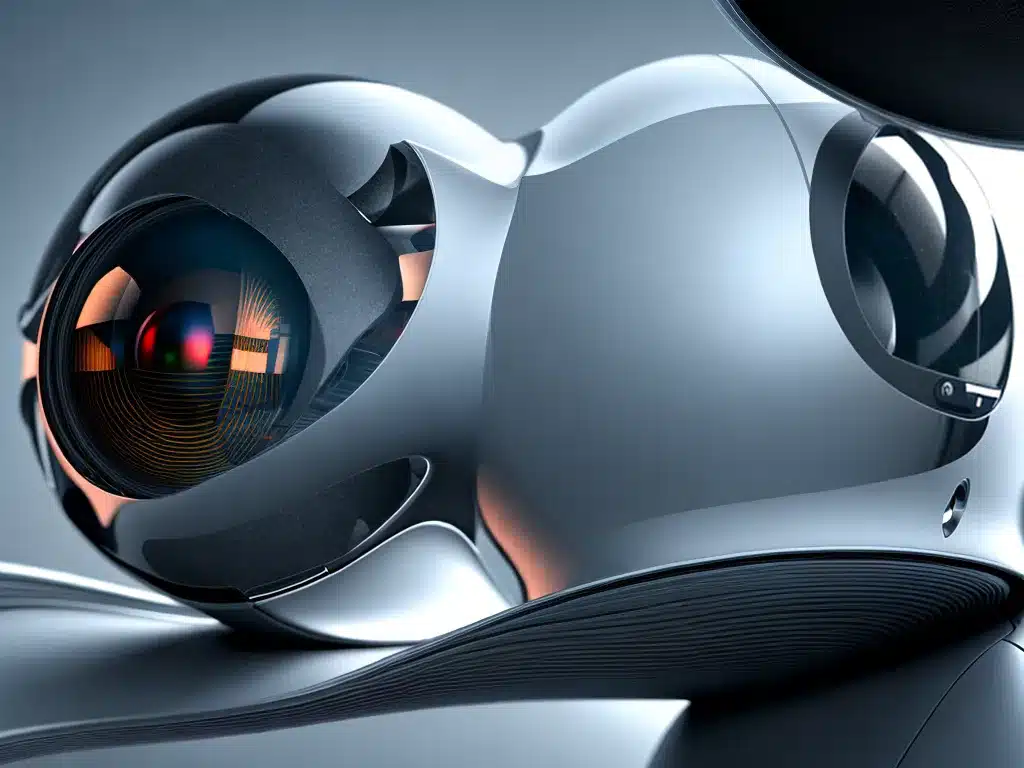
Ray Tracing: A Look at the Latest Advancements
Ray tracing is an exciting advancement in computer graphics that aims to create more realistic lighting and reflections in 3D scenes. As both a graphics researcher and real-time ray tracing enthusiast, I’ve been eagerly following the latest developments in this field.
A Brief Overview of Ray Tracing
Ray tracing simulates the physics of light by tracing individual rays of light as they interact with objects in a 3D environment. It works by shooting rays from the camera into the scene and calculating the color of pixels based on the light rays that reach the camera.
Some key aspects of ray tracing:
-
Shadows – Blocks of light rays are created when an object occludes light from a source. This creates realistic shadows and shading.
-
Reflections – Light rays can bounce off reflective surfaces, creating mirror-like reflections and glossy surfaces.
-
Refraction – As light travels between materials of different density like glass, the path is bent based on physical properties, producing refractive distortions.
-
Diffuse interreflection – Subtle color bleeding and indirect lighting from bounced light rays. Creates realistic soft lighting.
Compared to rasterization, ray tracing can render certain optical effects much more accurately. But it is also far more computationally expensive.
Recent Advances in Real-Time Ray Tracing
Real-time ray tracing has long been a dream in computer graphics, but only recent GPU advancements have made it possible to achieve decent framerates. Here are some key milestones:
-
Dedicated Ray Tracing Cores – Nvidia Turing and Ampere GPUs contain dedicated RT cores to accelerate ray-triangle intersection tests. This provides up to 30x speedup compared to previous GPUs!
-
DirectX Raytracing API – Microsoft’s new low-level API allows leveraging RT cores through a common interface. Adoption in games has steadily grown since its release.
-
Hardware Accelerated Scene Geometry – RTX GPUs can build highly optimized spatial acceleration structures for raytracing. This helps minimize unnecessary ray intersection tests.
-
Upscaling and Denoising – Clever temporal upscaling and denoising techniques like DLSS allow rendering at lower internal resolutions then using AI to counters lost detail and noise. Enables much higher framerates.
-
Optimization – New algorithms like adaptive shading focus rays where needed most. Advanced materials cull unnecessary rays. These optimizations improve performance and quality.
Key Benefits of Real-Time Ray Tracing
With the performance now viable, real-time ray tracing opens up new possibilities for in-game graphics:
-
Physically Accurate Lighting – The complex interplay of light is simulated directly, creating accurate shadows, reflections, and indirect lighting for any scene.
-
Improved Immersion – The improved realism from effects like accurate reflections and ambient occlusion heighten the sense of presence and immersion.
-
New Gameplay – Real-time ray tracing enables new game mechanics by tracking light propagation. For example, vampire games could involve photon conservation gameplay mechanics.
-
Streamlined Development – Devs can directly describe desired visuals rather than “faking it” with pre-baked effects. This simplifies implementing certain graphics features.
-
Future Proofing – Ray tracing games will have better longevity since the ray traced effects follow naturally from the scene description rather than baked-in tricks.
While performance is still the limiting factor, the future looks bright for real-time ray tracing to gradually improve and expand in games!
The Exciting Future of Real-Time Ray Tracing
Though real-time ray tracing has come far, even more exciting developments likely lie ahead that could revolutionize graphics:
-
Hope for Moore’s Law – Continued exponential growth in ray tracing hardware performance could gradually make possible full movie-quality global illumination in games.
-
Cloud Computing – Cloud GPUs may one day enable resource-intensive effects like true real-time path tracing by harnessing vast compute resources.
-
AI Denoising – DLSS shows promising results already. Continued AI advancements could enable reconstructing clean images from extremely sparse ray samples for fast, noisy path tracing.
-
Specialized Cores – We may see GPU chips dedicated specifically to accelerating ray traversal, intersection, and denoising rather than relying on general shaders.
-
New Algorithms – Research into optimization techniques like photon mapping, vertex connection merging, and data-parallel algorithms may yield performance breakthroughs.
-
Photoreal VR – Ray tracing could enable virtual reality with stunning visual fidelity – key for achieving VR’s true potential.
While full cinematic render quality remains an open challenge, recent ray tracing advancements are extremely promising. I can’t wait to see what new levels of real-time graphical beauty will be unlocked in the years ahead!












